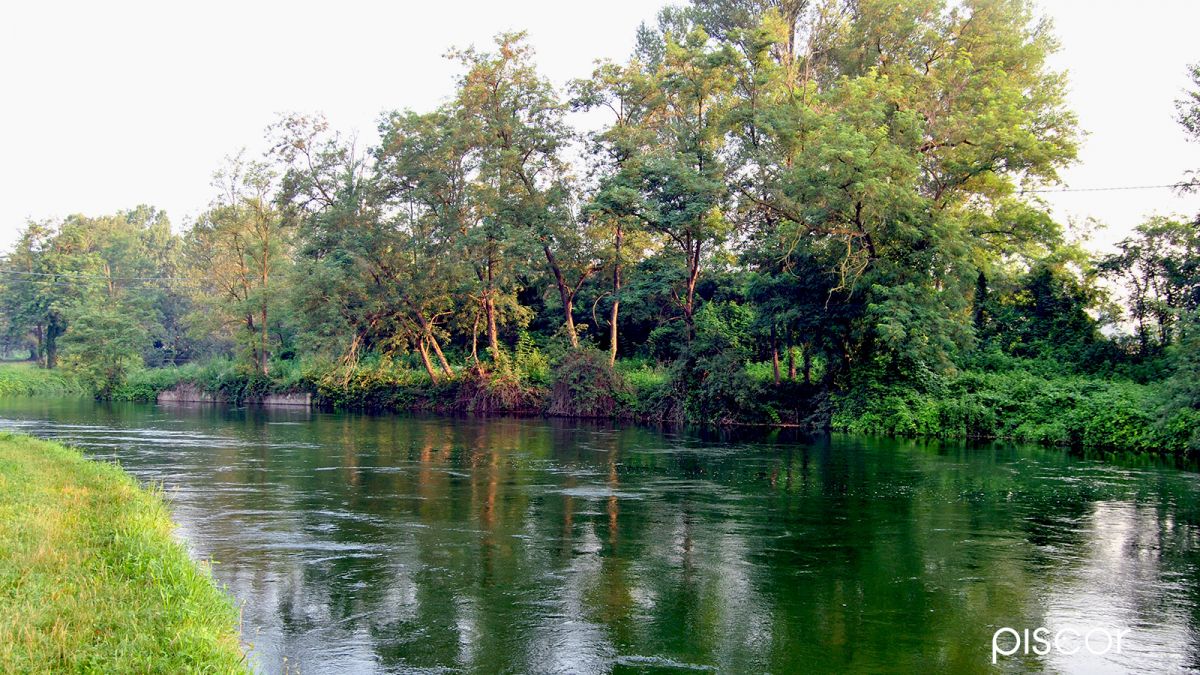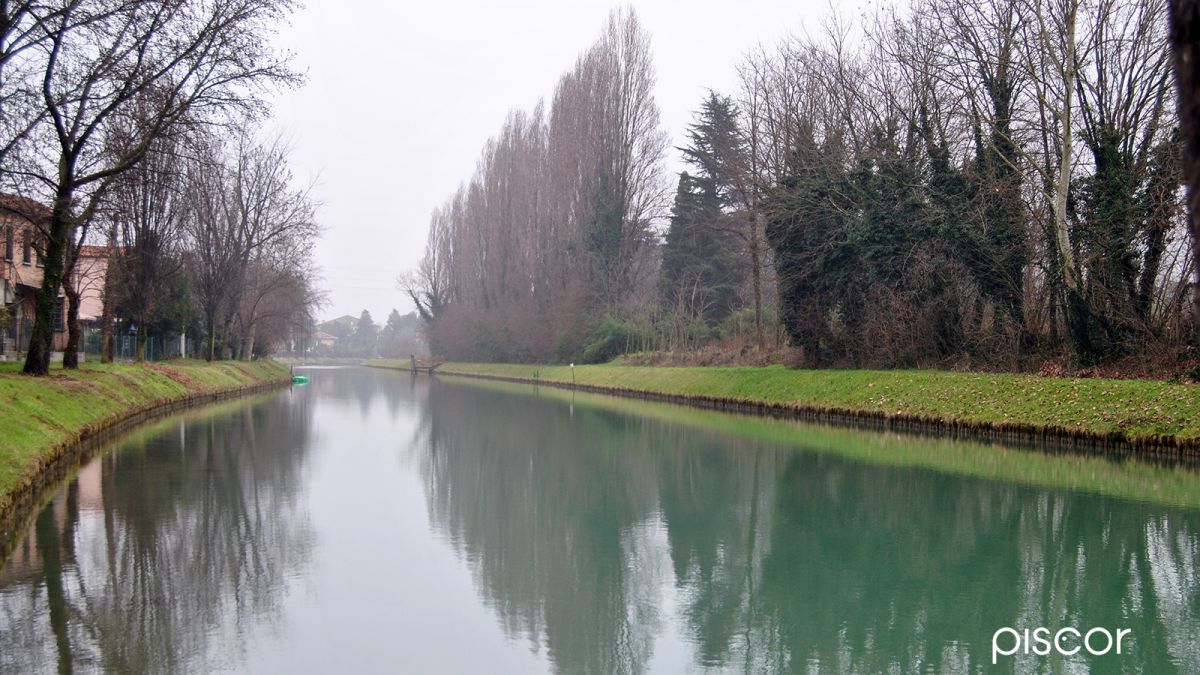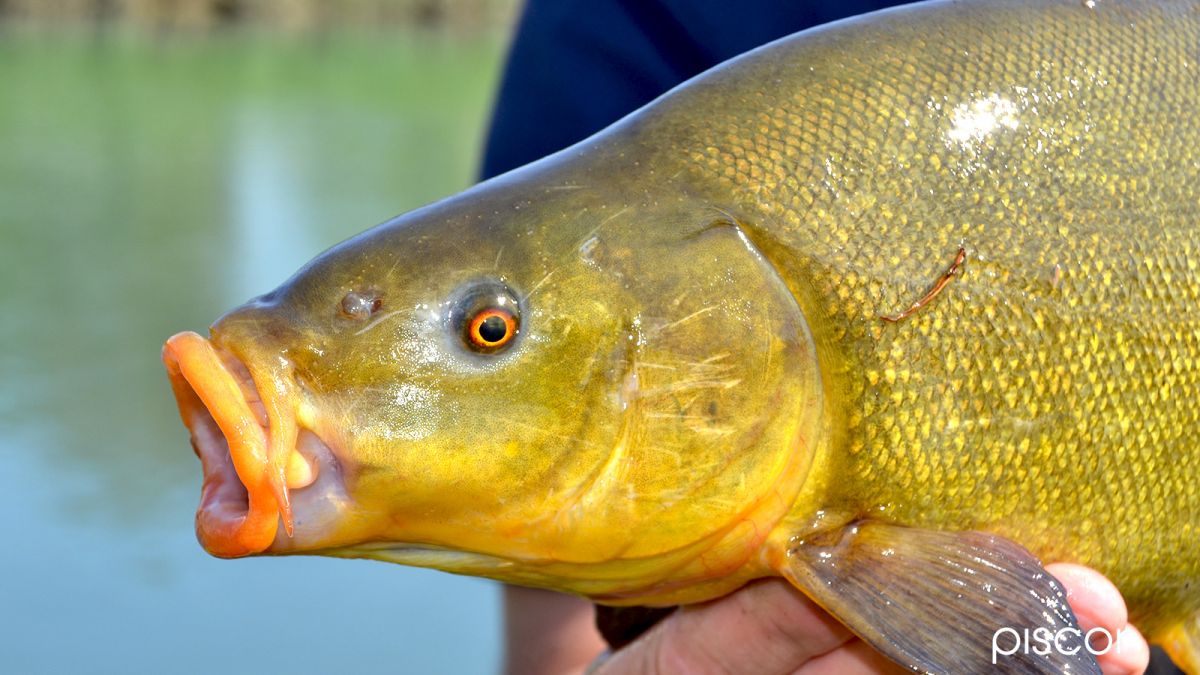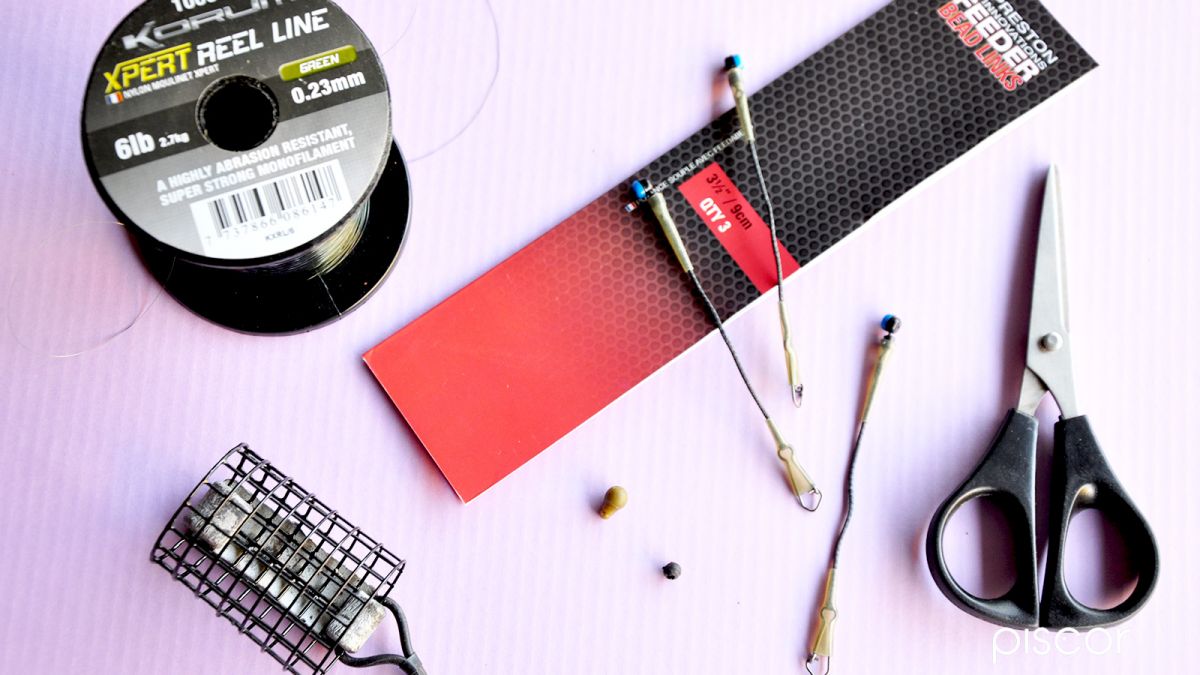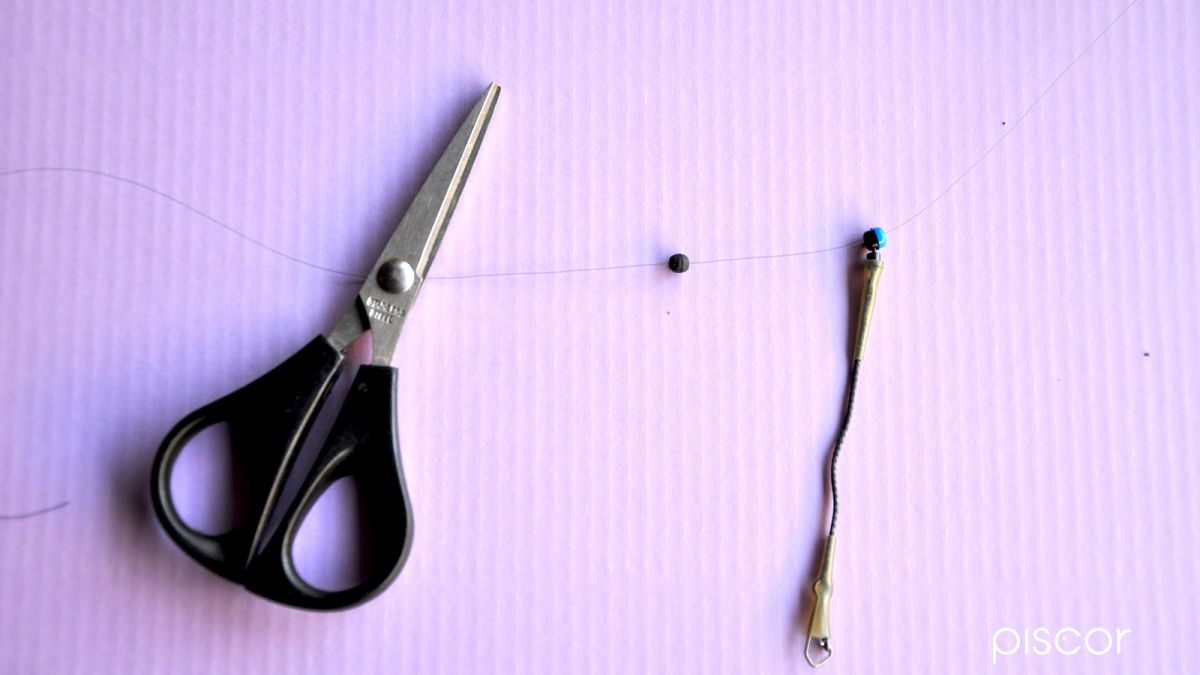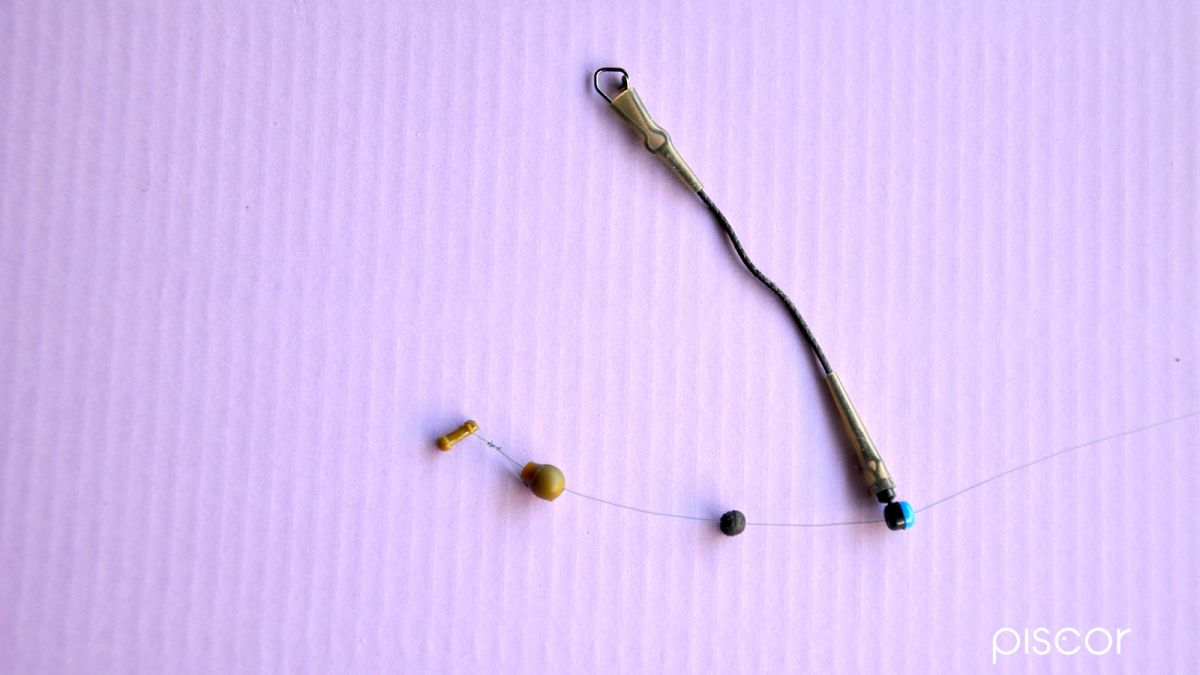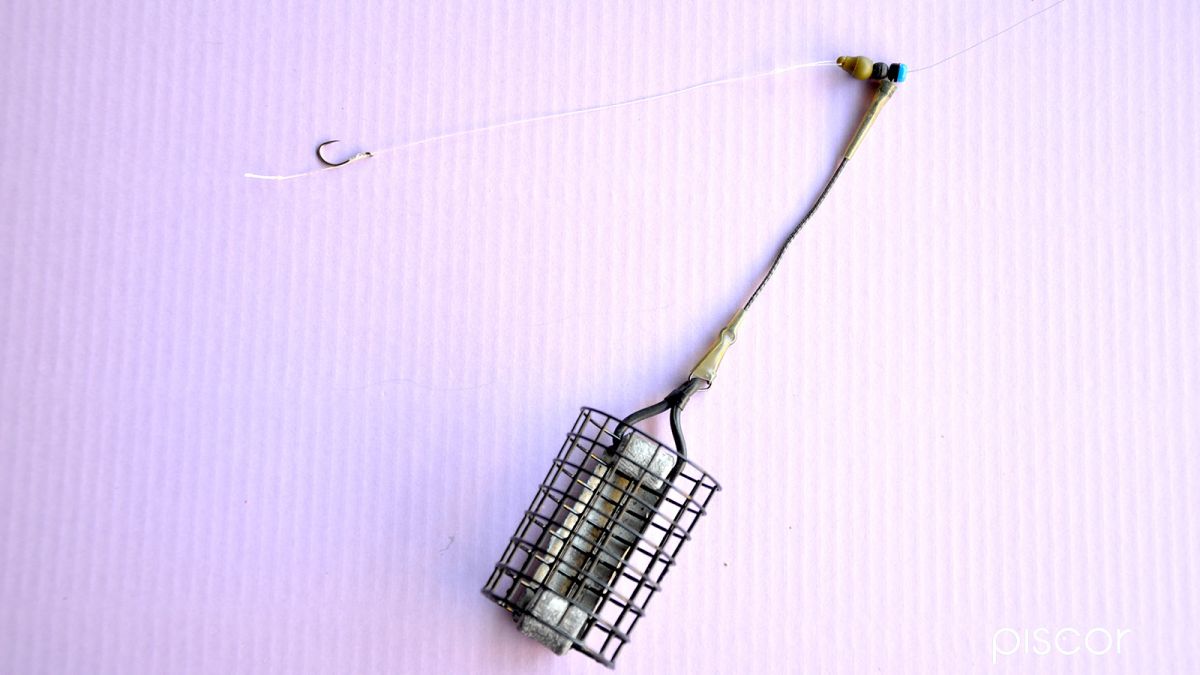Let's consider all those situations that have a minimum current, from slow to moderate current, but still current. In this context we find the drainage canals, the small rivers, the artificial canals and all those spots that for size, depth and current are the ideal link between the quarries, the lakes and the great rivers of the plain, although the first part of the great rivers can be counted in the category.
Listing in a comprehensive way the fish with which we can deal with becomes difficult.
Approach and equipment must therefore be chosen not only on the basis of the insidious prey but on the basis of the type of approach and the characteristics of the spot faced.
It is precisely the current that becomes the main discriminating factor when we face with a river that can pass from almost standing water until situations post full with running and boiling water and where only its shallow depth diversify the choices compared to the great rivers of the plain.
These are the environments where the current becomes our main ally, when it conveys the content of the feeder downstream, but also our toughest adversary if we make one of the mistakes that can affect the main purpose of the fishing tactic, which is to keep the bait inside the feeder cone as long as possible.
I used the word feeder because it is indispensable to build a high-performance rig, as long as it is chosen in the most suitable shapes and models, to first bring the baits to the bottom and then disperse them in the water.
In order to have any chance of success we must therefore consider several factors that must be perfectly crossed and balanced to fish with rig: the type of current, the depth, the bait, the groundbait and last and not least the fish.
Indicatively we are talking about environments that need, for a correct fishing action, ballast ranging from 20 g to 60 grams, rods whose length varies from 12' to 13', and reels ranging from 4000 to 5000 size.
The rod, in particular, must have a tip that can signal dry and very fast bites, but a blank able to cast a 50 grams feeder and a power to be able to deal with XXL fish.
Regarding the "equilibrium" mentioned above, it is the result between the weight of the feeder and the length of the hooklink, all in relation to the force of the current.
A good rule is to make an hooklink about as long as the weight of the feeder plus an half, so if we hypothetically make a rig with a 40 gram feeder, we have to make an hooklink 60 cm.
Other factors such as the clearness of the water, the fish and the type of feeder loading can also have an impact. Let me explain: if you are looking for chubs and load the feeder with only maggots, you have to calculate, observing the current, a length that makes the hook station inside the bulk of the larvae downstream before they disperse in a too wide range, where they lose much of their attractive effectiveness.
If you load the same feeder with a very sticky groundbaits, rich in micro pellets, the heavier source of attraction disperses more slowly.
So the hooklink should be thought to keep the bait where it becomes more effective, in the feeding area. In any case, we always start from the assumption that if it is too long you can always cut it, if it is too short you have to make it again.
Think as if you are in the formula 1 GP where weather conditions change all the time. If we don't change the tyres we risk to run empty for most of the GP giving the fish an advantage that eventually becomes unbeatable.
All this without forgetting the need to have a very sensitive low line that does not alert the fish. In this sense, the rigs shown in the photographic sequence are effective and performing in many situations, with them the fish does not feel the weight of the feeder in the bite phase.
Paternoster running rig
Material: a semi-rigid rig with bead and snap hook, a bead, a quick snap (or swivel). Design: insert the semi-rigid rig and bead on the mother line.
Connect the quick change bead. Connect the hooklink to the quick change bead and the feeder to the snap hook. The rig is ideally placed in water from slow to moderately current, just set the length of the connection of the feeder, the more the current "pulls" the shorter the line needs to be.
In the photographic sequence I used a ready rig.
It is very easy to make one: you just need to use a piece of braided wire for carp fishing, then make it more rigid and connect it to a snap hook and a sliding bead.
To accentuate the antitangle effect we can work on part of the hooklink before connecting it to the quick change bead, which can be replaced by a simple swivel if you need to avoid the torsions of the nylon during recovery phase. With the feeder attached to the sliding line, the fish does not feel the weight of the ballast during the bite phase and the feeder does not move.
For photographic needs the terminal you see is very short, obviously in real fishing must be set according to the needs of the moment.
To work effectively, any part of the hooklink must be at least as long as the line you are using.
If you opt for the swivel, simply insert a long silicone cone on the hooklink to stiffen the all structure.

